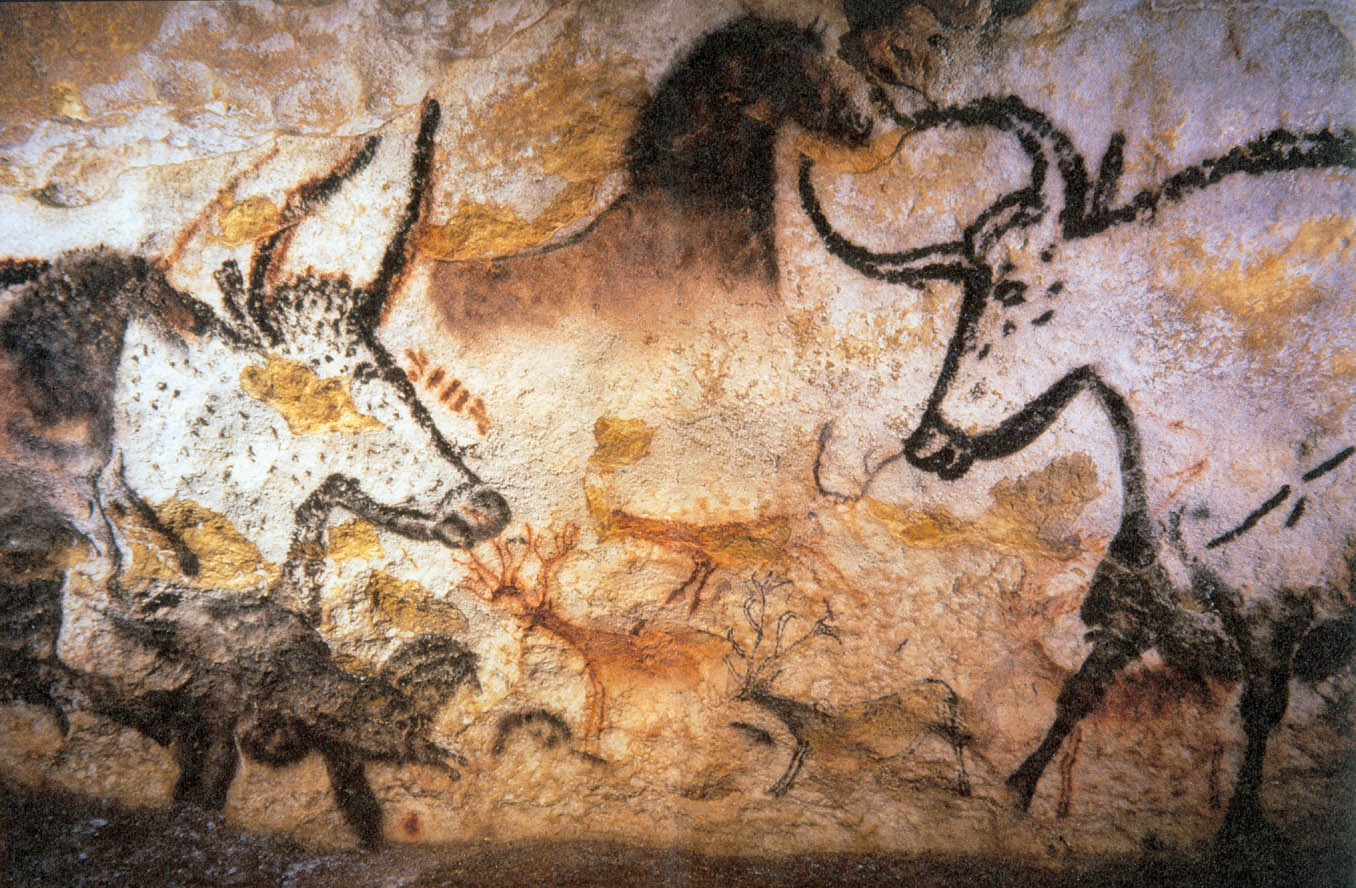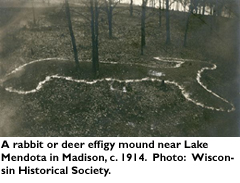 |
| Cave art in the cave of Lascaux. An important part of Paleolithic religion. |
Art and Religion have been intertwined since religion began. What is it about art that makes it so often paired with religion and vice versa? Not every piece of art is tied to religion but in many ways religion is often tied to some form of art. Often, art is not the main focus of a religion but it is present and even vital in many religions in some form.
Art has played a surprisingly important role in all the religions we have studied so far. Visual art can be seen in the paintings on cave walls that appeared to be part of the rituals of paleolithic period people. The artistry of the Indian mounds was vital to the community rituals and beliefs of early Native Americans. In the psalms, however, we don't see visual art represented, instead we are introduced to literary art as a tool in religion. The psalms are full of metaphors, similes and graphic descriptions. Literary devices may serve many purposes in the psalms. They make the psalms more interesting to read. They help one imagine the actions described in the psalms such as when the psalmist says that the Lord "will make them [your enemies] like a fiery kiln (Psalm 21 v. 10). They also emphasize important points that the psalmists are making with with graphic and perhaps some exaggerated statements as in Psalm 2 when the psalmist writes "You will smash them with a rod of iron,/ like a potter's jar you will dash them" (v. 9). They also make the psalms more understandable by evoking a mental image of the actions or scenery in the psalm.
 |
| An artist's depiction of Psalm 23 |
Psalm 23 is particularly famous for it's imagery and metaphor. In this psalm, the LORD is depicted as a shepherd who brings his sheep to grassy meadows and quiet waters and protects his sheep when death looms all around. This imagery is particularly effective in communicating that followers of the Lord can trust in the Him to protect them and provide for them. In Psalm 17 also, the psalmist talks about being protected by the Lord by being concealed "in the shadow of your wings" (v. 8).
Why do religion and art often go hand in hand? What causes this coexistence? Does it have to do with pleasing the gods of religion with the talents of the followers of the religions? Perhaps this is true to some extent. The art of the Indian mounds and the cave art may act as symbols to "establish powerful, pervasive...moods and motivations" that fit neatly with Geertz's definition of religion. They are created by men through rituals that reaffirm their beliefs. The literary art of the psalms may serve this purpose as well but I think that it serves it in a different way too. Many of the psalms were originally written to be sung or chanted by groups of people. Through the music and words, the psalms may have helped to create "powerful, pervasive and long lasting moods and motivations in men" as stated in Geertz's defintion. The art of the psalms, more so than serving the god of the religion, serves the followers of the religion by giving them something interesting and powerful to read and also something memorable to sing that incorporates their beliefs and stories. Overall, art enhances religion and makes it more meaningful to those who practice the religion.
(If you are interested in reading more about the relationship between art and religion check out this site: http://www.italianfuturism.org/manifestos/art-and-religion/ )
(If you are interested in reading more about the relationship between art and religion check out this site: http://www.italianfuturism.org/manifestos/art-and-religion/ )

